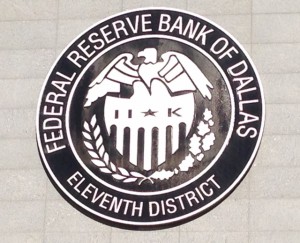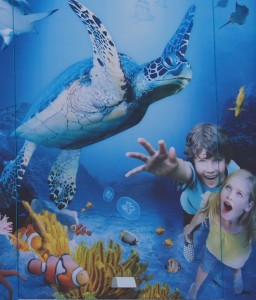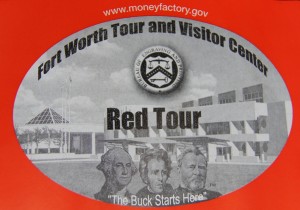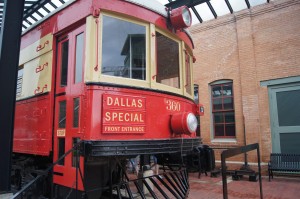Meteorologists, storm chasers and weather hobbyists will want to visit the National Weather Center (NWC) located on the University of Oklahoma (OU) campus in Norman, Oklahoma. What a great summer boredom-buster!
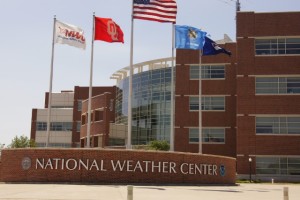 In a unique partnership, OU, National Oceanic and Atmospheric Administration (NOAA) and state agencies share space within the impressive seven-story, NWC building. Built in 2006, the NWC can withstand a significant tornado not because it houses the weather agencies, but because of its post-911, anti-terrorist construction. The building has both bulletproof glass and Kevlar reinforcements.
In a unique partnership, OU, National Oceanic and Atmospheric Administration (NOAA) and state agencies share space within the impressive seven-story, NWC building. Built in 2006, the NWC can withstand a significant tornado not because it houses the weather agencies, but because of its post-911, anti-terrorist construction. The building has both bulletproof glass and Kevlar reinforcements.
NWC Tour
Tours begin in the lobby. Remember the 1996, storm chasing movie Twister? The tornado-monitoring invention Dorothy used in the film is on display in the lobby. You can also see TOTO (TOTable Tornado Observatory) the actual tornado-monitoring device that inspired much of the movie.
From the lobby, the tour takes visitors to the vehicle bay. While Norman gets more than its share of severe weather, scientists also have specially outfitted vans for deployment to severe weather locations. The mobile monitoring stations allow the meteorologists to gather data in the field. What looks like kitchen sink plumbing on top the vehicles’ roofs are actually high tech, sensitive equipment used to measure and monitor weather events.
The NWC has its own observation deck with an unobstructed, 360-degree view of the surrounding area. Here meteorologists view local weather. The OU School of Meteorology is located on the fifth floor. The school has about 300 undergraduate and 100 graduate students, and is ranked as one of the country’s top schools for meteorology.
Working Meteorologists
Perhaps the tour highlight is an opportunity to go into NOAA watch centers to see meteorologists at work. Have you ever wondered who issues tornado watches and warnings? It’s the forecasters right here at the National Storm Prediction Center who track, monitor, and warn about potential tornado and other extreme weather events. The NWC tour takes visitors into the center’s workspace. Next to the storm prediction center, visitors can also observe meteorologists at work providing local weather forecasting.
Details
The comprehensive NWC tour lasts between one to two hours, and offers a unique glimpse into weather research and storm prediction. Enthusiastic OU students lead the tours. The students readily answer questions and provide humor-filled anecdotes on research conducted at NWC.
Public tours begin at 1 p.m. on Monday, Wednesday, and Friday. Tours are free but require advance reservations made through the NWC website. Be sure to reserve at least two weeks prior to your visit. Please note security policy requires that foreign nationals arrange tours at least two week in advance and provide passport information.
The Flying Cow Café, located in the NWC lobby, is a great place to grab lunch. I’m a big fan of their t-shirts, which feature their logo of an airborne, cartoon cow.
NWC is easily assessable from I-35 and is located at 120 David L. Boren Boulevard in Norman. It is about 180 miles north of Dallas.

